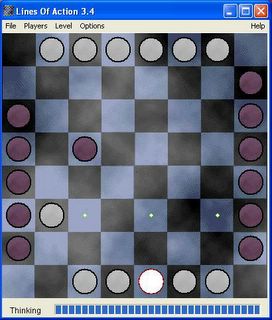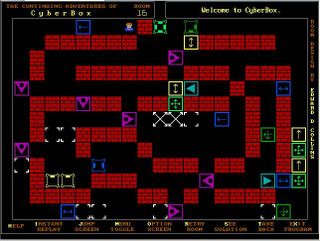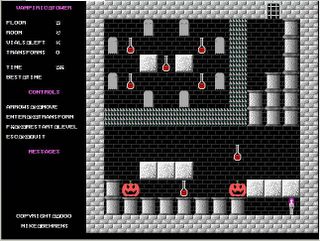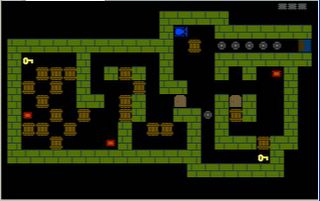Ultimate Spin Doctor
Title: Ultimate Spin Doctor
Author: Expert Software?
License: Commercial/Abandoned
Website: http://www.the-underdogs.info/game.php?id=4452
Due to a busy Thanksgiving holiday and one too many flights, just a short entry this week.
Despite no updates since January, the best abandoneware website on the Internet is still Home of the Underdogs. It lost its .org domain name this Summer due to a credit card issue and subsequent cybersquatting. Some information about all this is available in the HotU Wikipedia article.
But HotU is back with a .info domain address. I recently ran through their puzzle games and rediscovered Ultimate Spin Doctor. It is a Clockwerx clone/remake for Windows by Expert Software. Now, normally, I don't endorse abandoneware, but Expert Sortware website has been taken over by some other cybersquatter. Ah, the irony. So, if this does not count as abandoned I don't know what does.
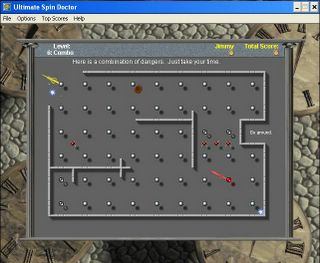
Ultimate Spin Doctor is a fun, challenge puzzle game. The game is played on a square grid of dots. The object is to get your spinning clock arm (the yellow one) from the starting dot to ending dot. When the clock arm gets near a neighboring dot, you can pass like a trapeze artist to it and thus work your way through the grid toward your objective.
Of course, there are obstacles. There are enemy clock arms spinning on some dots and mines. There are switches which open doors to pass over. There are teleporter dots. All the usual puzzle game stuff.
Ultimate Spin Doctor comes with 100 levels. The first ten form a nice tutorial. The later levels get tough. If you need a hint or two, a Clockwerx fan put together a walkthrough. There is some timing necessary, but it usually is not too bad. Happy spinning.

